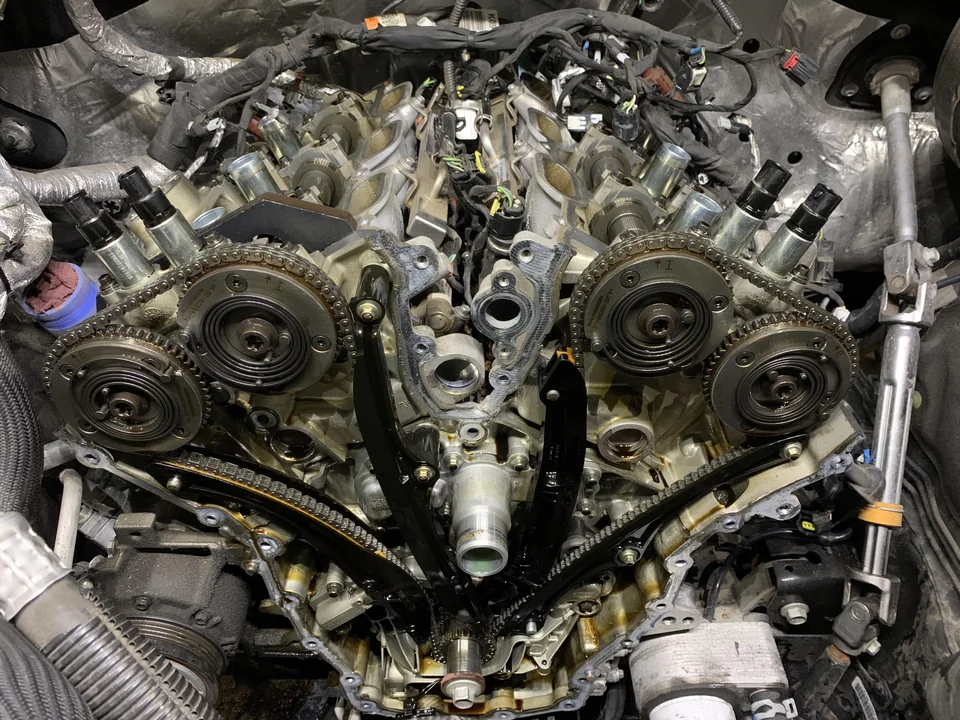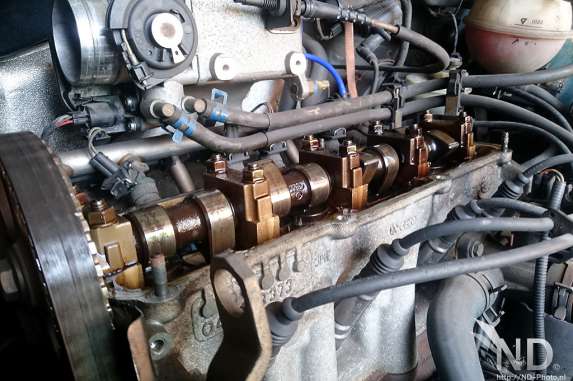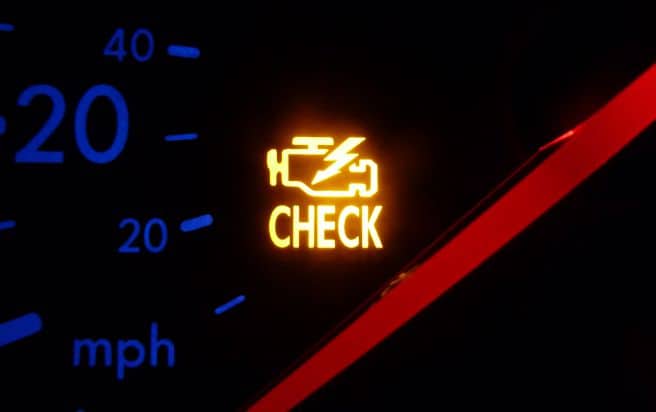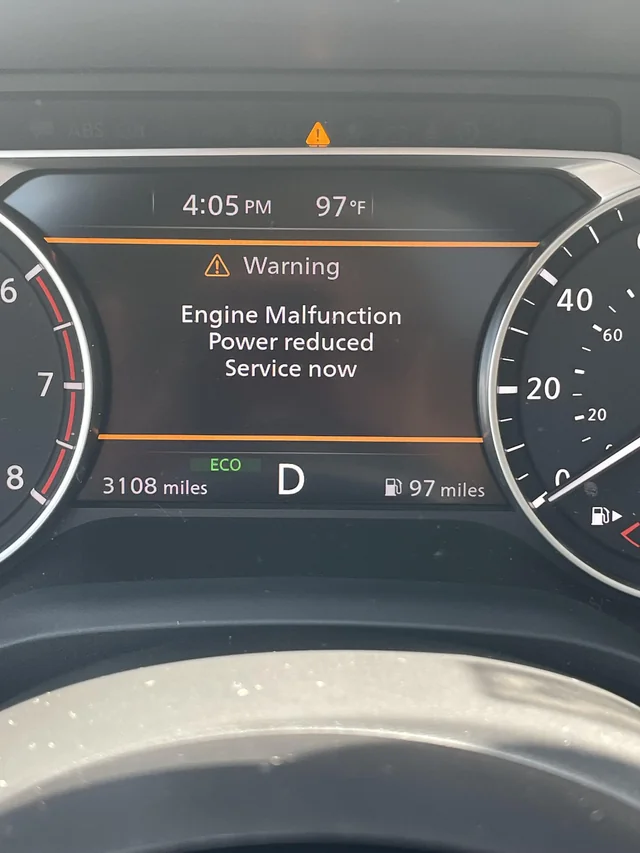We all know how frightening it can be if your vehicle’s cam phasers go bad all of a sudden. As per statistics, about 5% of dangerous accidents can occur due to faulty cam phasers. If you want to know what happens when cam phasers go bad, then you are at the right place.
Bad cam phasers can potentially damage your car’s VCT solenoids, engine timings, and eventually, the engine as well. Moreover, the working of the camshaft and internal combustion engine will also be affected.
Keep reading to know more about what happens if your cam phasers get damaged and how to check what the underlying problem is and repair a damaged cam phaser!
Table of Contents
What Actually Occurs When Cam Phasers Go Bad? [Quick Overview]
When cam phasers go bad, it can cause issues with the timing of the engine’s valves, resulting in reduced performance and potentially causing damage to the engine. It is important to address any issues with the cam phasers as soon as possible to avoid further damage.
What Happens When Cam Phasers Go Bad? [Detailed Explain]
If your cam phasers are faulty, the Variable Control Timing (VCT) solenoids are likely to go bad. Moreover, the Engine Control Unit (ECU) will not be capable of controlling the phasers any longer. As a result, the timing of the engine would be hampered leading to high phaser noise.
The excess phaser noise can also be caused due to a lubrication problem. If you don’t cater to it, this can cause more severe problems like valve timing issues leading to engine damage. In most cases, the ECU of the car will do all it can to protect your engine. It will enter the safe or limp mode that prevents the car engine from exceeding a specific RPM. This reduces engine power and the reduced RPM saves you from potential damage. Other than that, it also throws a code along with illuminating the car’s check engine light.
Also, the phaser will get locked in a default position that doesn’t allow the car’s cam phaser to make contact with the pistons. You will notice a little bit of power loss as well when you try accelerating the vehicle.

Other than that, cam phasers can also cause the engine ignition timing to go off. So, it won’t start or always stay in an idle state. Look out for the following sounds to ensure that your car has a faulty cam phaser:
- Knocking sound
- Loud tapping sound from the valves.

To summarize, damaged or faulty cam phasers are eventually meant to damage the engine. A broken cam phaser is a common problem faced by a lot of car owners. In fact, a faulty cam phaser causes 35% of all engine failures.
How Do I Know If My Cam Phaser Is Bad?
Here are the symptoms to look out for to be sure that you are dealing with a bad cam phaser:
1. Engine Clicking Sound
If you get a loud knock from the engine, this suggests that the vehicle’s cam phaser has gone rogue. The sound is due to a low oil pressure condition because the cam sprocket of the car’s cylinder heads has worn off.
2. CEL Illuminated
As already mentioned, if your cam phaser stops working properly, your car’s ECU will enter limp mode. In that case, your car won’t go beyond a specific rpm. As a result, the ECU will throw an error code and then, the Check Engine Light (CEL) will start glowing

3. Engine Power Loss
After your cam phaser gets damaged, there will be a considerable loss in engine power. As a result, the engine won’t accelerate beyond 40 rpm.
4. Bad Engine Performance And Reduced Fuel Economy
If there is reduced engine performance like difficulty starting, misfiring, or improper acceleration, that signals towards the fact that you are dealing with a faulty cam phaser. Moreover, your vehicle’s mileage could also go down a notch.

Can A Cam Phaser Be Fixed?
The potential causes that can damage your cam phaser include mechanical issues like slack, stretched, or stuck timing chains. Apart from that, electrical issues like bad camshaft timing sensors, faulty solenoids, etc. could also lead to this problem. Moreover, hydraulic issues like low oil viscosity, low oil levels, and other oil supply-related issues can also result in this issue.
First, you need to diagnose the issue. For this, get a scan tool to receive appropriate error codes that can pinpoint the exact cause behind the problem. This can help you proceed accordingly. Then, check if the oil pressure and the engine oil’s viscosity are right or not. Check the filter screens and the wirings and electrical components. Given below is a step by step procedure on how to change a cam phaser:
Tools Required:
- Vice Grips
- Bar Breaker
- Screw Driver
Step By Step Procedure To Fix/Replace A Cam Phaser
Step 1. Disconnect the car battery and remove the air intake tube. There will be three 10mm bolts located on the vehicle’s power steering reservoir. Once you’ve found them, proceed with loosening them out.
Step 2. You need to unbolt some bolts: the 18mm one and also the two 13mm bolts located on the reservoir bracket of the power steering as well.
Step 3. Remove the positive crankcase ventilation (PVC) tube from the valve corner
Step 4. Unplug the electrical components and wiring plugs located on the valve cover of the driver’s side. Also, disconnect the powertrain’s control module along with its mounting bracket.
Step 5.Blow off the dust and other debris from the car’s valve cover with compressed air. Unbolt the valve cover and unbolt the 8mm bolt from the dipstick tube but don’t remove the tube.
Step 6. Remove all ignition coil packs plus the car’s camshaft timing solenoid and carefully remove the valve cover
Step 7. Take out the timing chain wedge tool to place it between the two halves of the chain. Mark the position of your cam phaser based on the position of the timing chain and camshaft with a dowel pin. Then, loosen the bolts of your cam phaser. Once done with that, take out the cam phaser.
Step 8. Place the replacement cam phaser. Then, align it with the old phaser and a dowel pin. Tighten its bolts to around 30fts.lbs torque.
FAQs
What are the symptoms of a bad phaser?
Symptoms of a bad phaser include poor engine performance, rough idling, decreased fuel efficiency, check engine light, and unusual engine noises, such as ticking or knocking.
What causes cam phasers to fail?
Cam phaser failure can result from oil pressure issues, poor oil quality, infrequent oil changes, or worn internal components like chain tensioners and guides.
What does a cam phaser do for an engine?
A cam phaser adjusts camshaft timing, optimizing valve operation for improved engine performance, fuel efficiency, and emissions across various driving conditions.
Will bad cam phaser causing misfire?
A bad cam phaser can cause an engine to misfire due to improper valve timing, affecting combustion and resulting in poor performance, stalling, and checking engine light.
How Much Does It Cost To Replace Cam Phasers?
It can cost anywhere between $500 to $900 to fix a malfunctioned cam phaser. This range is valid if you get it replaced by a local mechanic. Else, if you take it to a dealership, the cost of replacing a cam phaser can be between $1500 to $3000.
Will damaged cam phasers throw a code?
Yes, faulty cam phasers generally throw error codes. You need to examine the code to determine the actual issue and resolve it.
Is it bad to drive with a broken cam phaser?
Driving with a faulty cam phaser gradually destroys the VCT which in turn will cause engine exhaust and valve timing issues. These could lead to further serious issues and accidents as well.
Final Thoughts
That was all from our side on how to deal with faulty cam phasers. We have discussed the topic in detail and also provided other relevant information like how to repair/replace a faulty cam phaser. Hopefully, this article helps you resolve your issues with your car’s cam phaser.
